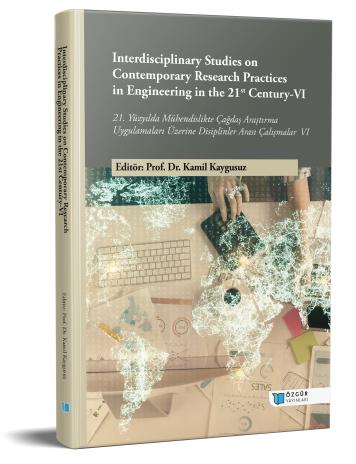
Investigation and Comparison of Climate Boundary Maps Generated with Various Climate Classifications
Şu kitabın bölümü:
Kaygusuz,
K.
(ed.)
2024.
21. Yüzyılda Mühendislikte Çağdaş Araştırma Uygulamaları Üzerine Disiplinler Arası Çalışmalar- VI.
Özet
Climate has continuously undergone change throughout history. Understanding this change contributes significantly to the determination of boundaries for different climate types. Climate classifications aim to differentiate various climate types and identify similar or different locations. This facilitates the sustainable use of local resources and the development of land use plans. Additionally, comprehending the impact of climate on property is crucial for its management and regulation, enabling a more organized approach to property utilization.
In this context, various climate classification methods have been developed. These methods assist in determining local climate differences, tracking changes over time, and establishing boundaries suitable for different climate types. This study aims to create climate boundary maps for Burdur province using Köppen, Trewartha, de Martonne, Aydeniz, Erinç, and Thornthwaite methods. Within the scope of the study, data from 11 meteorological observation stations in Burdur province have been organized within a Geographic Information System (GIS) and classified into climate types. Finally, climate boundary maps representing the entire region were generated using the Kriging interpolation method based on the identified climate classification.

